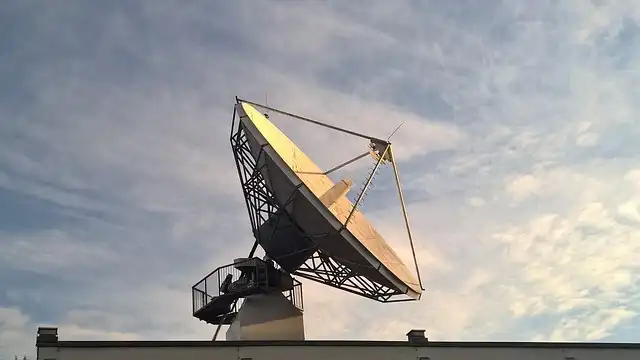Satellite IoT Market: LEO Satellites Reshape Competition by 2030

The satellite IoT market is being reshaped by LEO constellations like Starlink. Competition is intensifying, with new entrants impacting market share by 2030, while hybrid networks gain traction. Legacy SNOs face disruption.
Satyajit Sinha, Principal Expert at IoT Analytics, remarks that “Legacy gamers like Iridium and Inmarsat will not be displaced over night. With Starlink bringing over 7,000 LEO satellites into service by mid-2025, cost competitiveness in the satellite market will reshape the competitive landscape by 2030.”
The analysis locates that in 2024, 7 historical SNOs held over 80% of the total satellite IoT market share. However, with over 100 vendors now active, competition is magnifying and market characteristics are changing. The existence of new operators leveraging Low Planet Orbit (LEO) satellite constellations is prompting changes amongst well-known drivers, bring about new service methods in feedback.
The application of crossbreed networks is rising as SNOs partner with mobile network drivers (MNOs). This assimilation of satellite and earthbound networks is planned to improve both protection and reliability for end users, supplying more comprehensive connection options around the world.
LEO Satellite Constellations and Market Share
The Satellite IoT Market Record 2025– 2030 details that while heritage SNOs remain significant, major technology firms are going into the field and moving the affordable atmosphere. Starlink and Task Kuiper are highlighted as two leading entrants anticipated to effect market shares by 2030.
Sinha’s evaluation highlights both the durability of recognized companies and the versatility expected of both new and present market individuals. The scaling up of LEO deployments, paired with adjustments to functional designs and rates, is predicted to have a substantial influence on exactly how solutions are delivered over the coming years.
Reducing Legacy Satellite Network Dominance
According to IoT Analytics’ most current Satellite IoT Market Record 2025– 2030, the prominence of legacy satellite network operators (SNOs) is expected to reduce by 2030 as new gamers such as Starlink and Amazon’s Task Kuiper enter the marketplace.
In 2024, 63% of satellite IoT drivers made use of satellites in LEO to support their solutions. With Starlink bringing over 7,000 LEO satellites right into solution by mid-2025, cost competition in the satellite market will certainly improve the competitive landscape by 2030.”
Adoption of LEO Constellations
IoT Analytics observed 7.5 million satellite IoT connections in 2024. The average revenue per individual (ARPU) for satellite IoT was discovered to be almost 15 times that of cellular IoT, highlighting the fairly high value of satellite-based remote connection solutions.
The adoption of LEO satellite constellations has actually accelerated. In 2024, 63% of satellite IoT drivers utilized satellites in LEO to support their solutions. LEO supplies lower signal latency, and the prices related to production and releasing these satellites are usually much less than those for higher orbits.
The analysis finds that in 2024, seven historical SNOs held over 80% of the complete satellite IoT market share. The visibility of brand-new operators leveraging Low Earth Orbit (LEO) satellite constellations is prompting adjustments among recognized operators, leading to brand-new business methods in feedback.
Market Fragmentation and Collaboration
The evaluation notes that the expanding variety of SNOs and collaborations is contributing to increasing market fragmentation. This pattern is considered likely to continue as obstacles to entry decline and innovation advances, making it feasible for a larger series of companies to provide satellite IoT services. Crossbreed network implementations and cross-sector collaborations are prepared for to be crucial forces shaping the tactical instructions of both new and typical SNOs.
1 Hybrid networks2 LEO Satellites
3 Market competition
4 Satellite IoT
5 SNOs
6 Starlink competitor
« Proximus Global: CPaaS Visionary Recognized in Gartner’s Magic QuadrantTelecom Security Testing Fee Cut Boosts Indian Innovation »
